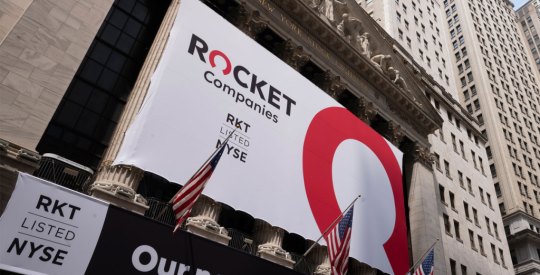Reverse mortgage lenders aren’t the only financial companies trying to capitalize on current demographic trends. In recent years, so-called shared equity products — often offered by Silicon Valley-style startups — have developed a different kind of home equity pitch to consumers both young and old.
In general, these firms offer upfront cash in exchange for owning a specified percentage of the home, with the company then sharing in either the gain or the loss when the homeowner eventually sells. Unlike Home Equity Conversion Mortgages, these products are typically not backed by the Federal Housing Administration, but can offer upsides such as lower fees and a greater proportion of preserved equity when the home is sold.
RMD decided to take a look at the different options available on the market to see how they stack up against the HECM and each other.
Unison HomeOwner
With this shared appreciation product, San Francisco-based Unison offers between 5% and 20% of a home’s value, with “no monthly payments, no interest payments and no debt,” according to its website. Unison weathers any losses or gains on the house when it is sold, which can be up to 30 years in the future.
“Unison’s percentage share in the future change in the home’s value is variable depending on the amount invested and can be between 17.5% and 70%, with the most common share being 35%,” according to the company.
Because Unison is “only-co-investing in the future change in value,” borrowers can allot existing equity to inheritance planning, which may make this option more attractive than a HECM to some borrowers, chief strategy officer Brian Elbogen told RMD.
“A lot of people don’t qualify for HECMs because they have too much existing debt on their home that needs to be paid off from the proceeds first. This is especially important because American seniors are increasingly taking on more debt in their homes later in life,” Elbogen said.
Unison’s Homeowner program has no age restrictions. As far as additional costs, Unison deducts a 3.9% transaction fee from the cash proceeds at closing. This fee covers all other costs, such as the appraisal and inspection before closing.
Irene Retirement
Currently only available in New Jersey, Irene offers seniors cash up front through its two programs: the Safe Stay and the Safe Lease Back. Within the Safe Stay product, customers sell their homes to Irene and continue to live there for the remainder of their lives, with Irene inheriting the house upon death. Typically these borrowers have a lower outstanding mortgage balance.
The Safe Lease Back, meanwhile, is targeted at those who need to access a larger portion of their equity and have higher outstanding balances. It allows homeowners to sell their homes to Irene and then pay monthly rent to stay in the dwelling. With both programs, as the new owner, Irene pays for insurance, taxes, and the structural upkeep on the home, according to the company’s website.
This kind of arrangement has a precedent in the world of commercial real estate, in which management companies — including firms that operate office buildings and medical facilities — sell their assets to an investor such as a real estate investment trust (REIT). The management companies continue to operate the buildings with an influx of capital, paying rent to their new landlord.
For both of Irene’s programs, the amount of cash that homeowners can access depends on factors like the home’s value and existing debt.
EasyKnock
Launched right before October’s HECM rules changes, EasyKnock’s “Sell and Stay” option also provides sale-leasebacks to sellers. With this product, consumers can immediately convert all of their equity to cash, minus a 1.5% commission. Similar to Irene’s Safe Lease Back program, the homeowner sells their home to EasyKnock and then becomes a renter.
“For us, it’s just much simpler,” CEO Jarred Kessler told RMD last fall. “We don’t have to create regulation around it. It’s not a home equity product. We’re essentially selling someone’s home, and then we’re finding an investor to be their landlord.”
Because there is no age threshold, this is another option for homeowners who are looking to convert equity into cash but are not yet HECM-eligible. With New York City-based EasyKnock, the consumer can move at any time or buy back the house, which would cost the funding amount plus an inflation premium.
In addition, Kessler noted that his company isn’t trying to necessarily compete against traditional mortgages.
“We are not looking to compete with loan officers,” he said. “Unlike other products, we are looking to partner with them when they can’t service their clients and we will pay referrals.”
Point
The Palo Alto, Calif.-based Point gives homeowners the ability to sell a small fraction of their equity, typically between 5% and 10% of the home’s current value. Within 10 years, the homeowner can sell the home and pay Point through escrow, or buy back Point’s investment and remain in the home. To be eligible, a homeowner must retain at least 20% of the home’s equity after Point invests.
As for additional expenses, homeowners are responsible for their home’s appraisal fees, escrow costs, and Point’s processing fee of between 3% and 5%.
Point is another option for those under the age of 62 and are comfortable with a 10-year timeframe.
“For seniors who have a strategy to exit or downsize, those instances have worked out perfectly,” Eoin Matthews, Point’s chief business officer, said.
Written by Maggie Callahan



